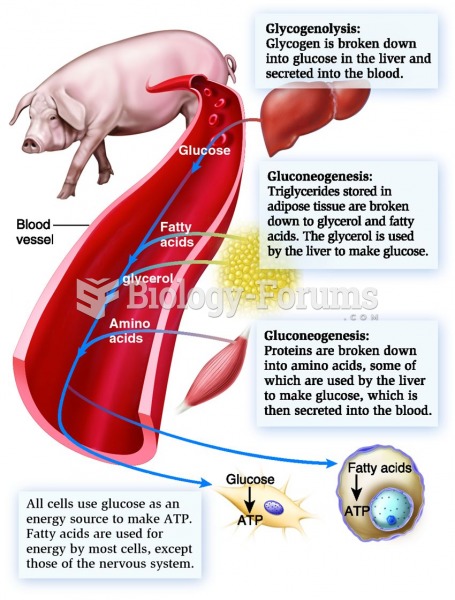Answer to Question 1
Answer: TRUE
Explanation: Also, by implying the bad news, you may not need to actually state it, thereby making the bad news less personal. However, make sure your audience understands the entire messageincluding the bad news. If an implied message might lead to uncertainty, state your decision in direct terms. Just be sure to avoid overly blunt statements that are likely to cause pain and anger.
Answer to Question 2
Answer: After you've thoughtfully and logically established your reasons and readers are prepared to receive the bad news, you can use three techniques to convey the negative information as clearly and as kindly as possible. First, make sure you don't overemphasize the bad news: Minimize the space or time devoted to the bad newswithout trivializing it or withholding important information. In other words, don't repeat it or belabor it. Subordinate bad news within a complex or compound sentence (My department is already shorthanded, so I'll need all my staff for at least the next two months). Embed bad news in the middle of a paragraph or use parenthetical expressions (Our profits, which are down, are only part of the picture). Keep in mind that it's possible to abuse this notion of deemphasizing bad news. For instance, if the primary point of your message is that profits are down, it would be inappropriate to marginalize that news by burying it in the middle of a sentence. State the negative news clearly, and then make a smooth transition to any positive news that might balance the story. Second, if appropriate, use a conditional (if or when) statement to imply that the audience could have received, or might someday receive, a favorable answer under different circumstances. Avoid any suggestion that you might reverse the decision you've just made or any phrasing that could give a rejected applicant false hope. Third, emphasize what you can do or have done rather than what you cannot do. Also, by implying the bad news, you may not need to actually state it, thereby making the bad news less personal. However, make sure your audience understands the entire messageincluding the bad news. If an implied message might lead to uncertainty, state your decision in direct terms. Just be sure to avoid overly blunt statements that are likely to cause pain and anger.







